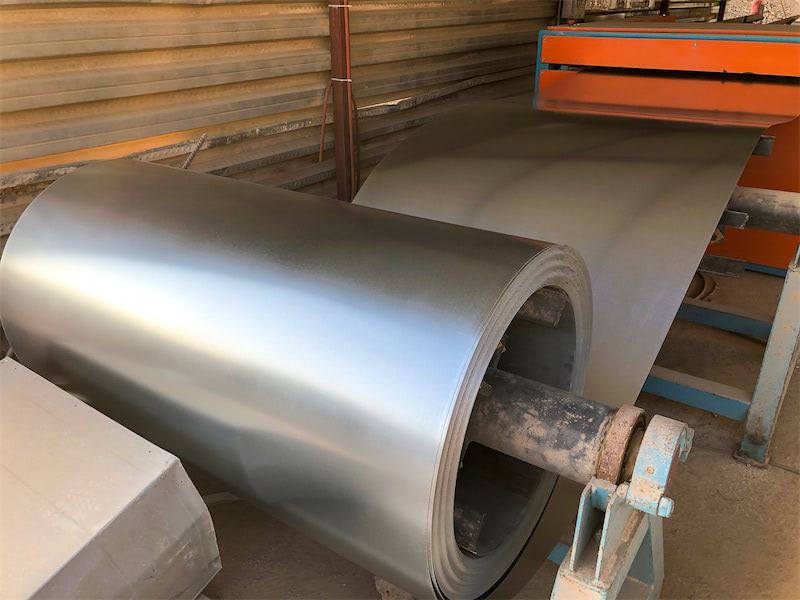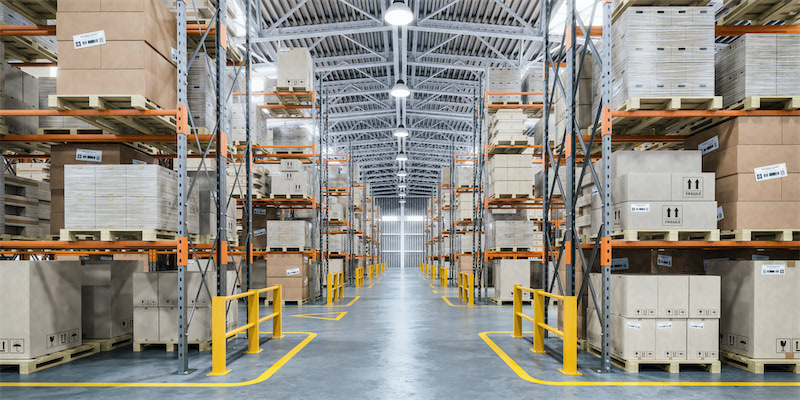






SMM, Nov 26: First, let's focus on the recent shipping situation in Xinjiang. According to an SMM survey, multiple sources reported that railway shipments in Xinjiang have been continuously improving. Recently, the Urumqi Railway Bureau temporarily added 10 special trains to ship aluminum products, partially relieving the short-term backlog pressure. Due to the impact of winter rain and snow, the efficiency of road transportation in Xinjiang has been severely restricted, but rail transportation has remained largely unaffected. Since late November, the volume of goods en route to east China (Wuxi, Huzhou, etc.) and central China (Gongyi, etc.) has significantly increased, and concentrated arrivals were successfully completed over the weekend. It is expected that the volume of goods en route and arriving this week will continue to increase.
Since last week, aluminum prices have entered a phase of fluctuating adjustments. In the short term, driven by downstream enterprises' "rush to export" before December 1, the operating rate of aluminum processing this week slightly rebounded, effectively promoting restocking actions downstream since the second half of November. According to SMM statistics, last week, domestic aluminum ingot outflows from warehouses increased by 7,300 mt WoW to 132,300 mt, but this was still insufficient to prevent the expected inventory buildup. As of November 25, 2024, SMM statistics showed that domestic social inventory of aluminum ingots was 551,000 mt, and domestic circulating aluminum inventory was 425,000 mt, an inventory buildup of 12,000 mt compared to last Thursday. Although inventories in regions such as Foshan and Chongqing continued to stabilize with slight decreases, significant inventory buildups were observed in Gongyi and Wuxi, where Xinjiang is the primary source of goods. On a YoY basis, current domestic aluminum ingot inventory decreased by 67,000 mt compared to the same period last year.
SMM believes that as we approach the end of November, multiple sources indicate that the backlog situation in Xinjiang has shown signs of continuous easing. The concentrated arrivals in Gongyi and Wuxi are expected to intensify. Coupled with the limited sustainability of the off-season rise in aluminum ingot outflows from warehouses, SMM expects that the inventory inflection point for aluminum ingots will appear in the last week of November or the first week of December, with the support of low inventory for aluminum prices gradually weakening. SMM predicts that in the second half of November, domestic aluminum ingot inventory will fluctuate around 550,000-650,000 mt, with a significant increase in the risk of continuous inventory buildup, and inventory may be around 600,000 mt by the end of November. It is necessary to observe the changes in downstream operating rates after the official implementation of the cancellation of aluminum semis export tax rebates and whether the aluminum price adjustment phase will continue to stimulate spot cargo outflows.
This week, aluminum billet inventory and outflows remained mediocre. According to SMM statistics, as of November 25, domestic social inventory of aluminum billets was 106,900 mt, an inventory buildup of 3,400 mt compared to last Thursday. The inventory inflection point for aluminum billets in the off-season also showed signs of appearing. On a YoY basis, it was 11,000 mt higher than the same period last year, still at a high level for the same period in the past three years. In terms of outflows, due to poor long-term contract profits from the monthly average price, suppliers mainly stood firm on quotes and were reluctant to sell. Although downstream operating rates temporarily increased, they were unwilling to accept high processing fees, resulting in insignificant outflow boosts. Last week, aluminum billet outflows from warehouses only slightly increased by 600 mt WoW to 39,600 mt. SMM expects that the domestic aluminum billet market is currently in a weak supply and demand situation. However, it is reported that aluminum billets shipped from Xinjiang to places like Huzhou are arriving in concentrated batches, leading to a significant increase in inventory in Huzhou and Wuxi in east China. In late November, domestic aluminum billet inventory is expected to mainly stabilize with slight increases. It is also necessary to observe the changes in downstream aluminum extrusion sector operating rates after the official implementation of the cancellation of aluminum semis export tax rebates and whether the aluminum price adjustment phase will stimulate aluminum billet outflows from warehouses.
On the demand side for aluminum billets, last week, the weekly operating rate of domestic aluminum extrusion increased by 2.00 percentage points to 51.50%. This was mainly due to the Ministry of Finance's announcement on November 15 that the aluminum semis export tax rebate would be canceled starting December 1. Enterprises, considering the increased costs in the future, began rushing to meet deadlines from last Friday, leading to an increase in the operating rate. According to an SMM survey, for non-customized products, enterprises are expected to meet deadlines before December 1, but customized products are difficult to complete, and enterprises may face losses. Additionally, regarding how to absorb the increased costs in the future, domestic processing plants, with existing discounts, have thin profits. Therefore, they are more inclined for buyers to bear the increased tax costs. However, considering that overseas buyers may switch suppliers if all costs are passed on, it is likely that both parties will each bear the additional costs. Currently, negotiations are ongoing, and SMM will continue to follow up.
For queries, please contact William Gu at williamgu@smm.cn
For more information on how to access our research reports, please email service.en@smm.cn

